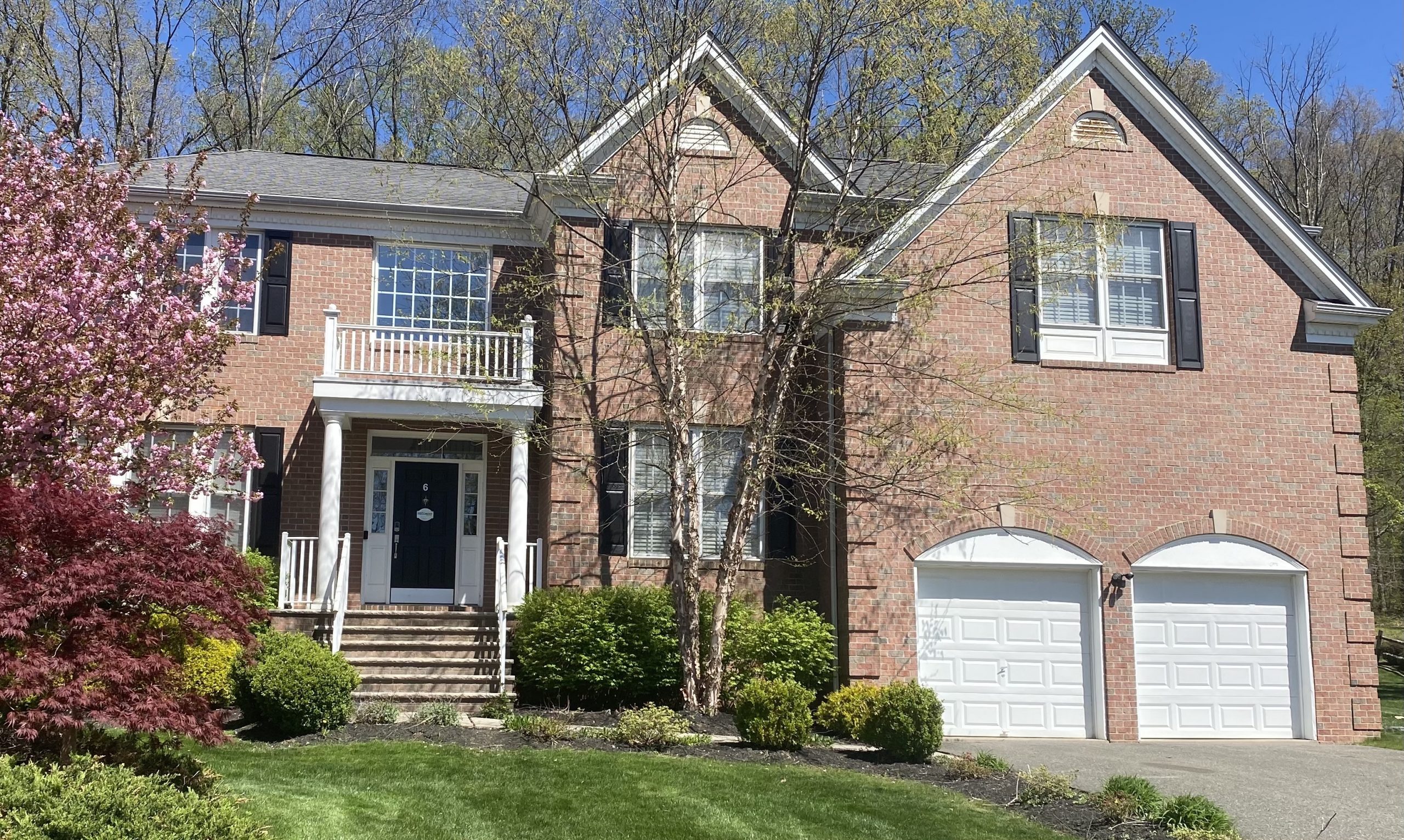Table Of Content

Most homes have household meetings nightly, and residents often attend treatment, support group meetings or other wellness activities together. In NARR homes, the goal is to protect the health of all residents, not to punish the resident experiencing relapse. In Oxford Houses, individuals who relapse cannot return until they complete a 28-day rehab program or complete treatment and demonstrate an ability to continually attend support group meetings. Some residences are free to the residents because they are government-funded or run by nonprofit organizations.
Trending Nationally
Differences between the two can stem from funding, length of stay, and requirements to apply to live there. Sober living homes typically do not limit the length of stay and may not require previous attendance in a formal addiction treatment program. Halfway houses, on the other hand, typically have a time limit and require residents to either be attending a treatment program or have recently completed one. A sober living house (SLH) is a residence for people recovering from substance use disorder. Sober living homes are meant to be safe, supportive environments that emphasize the importance of building a community and camaraderie with others. Individuals typically enter an SLH after being discharged from a clinical treatment center before returning to their previous home and routine.

Daily Activities in Sober Living Homes
Most homestays will cost between $500 to $1,200 monthly, with all services included. But they can be anywhere between $300 and $2,000, depending on the neighborhood and amenities. While a sober living house doesn’t offer individual or group counseling, it offers structure and support to help you maintain your sobriety. Additionally, maintaining your sobriety typically requires a home that is free of substances. Sober living facilities are often thought of as a sober person's pipeline to life in mainstream society.
Rehab operator paid kickbacks to ‘body brokers’ in exchange for patients, prosecutors say

Maintaining sobriety can be a difficult process, however, a sober living house may provide you with the kind of structure and support you'll need to maintain your sobriety. If you're having a hard time adjusting to a sober life, reach out to a mental health professional who specializes in addiction and substance use. Since sober living typically follows addiction treatment, getting a referral from the treatment provider is recommended. Other referral sources may include the criminal justice system, a mental health professional, Twelve Step meeting participants, or friends and family.
A sober living house is a peer-managed home designed to help people maintain sobriety. This is achieved through required sobriety, recovery group attendance, and household participation. Those who live in these houses rent rooms indefinitely and live a life in accordance with their responsibilities, like work and school. As long as you are actively pursuing your recovery in some way, abiding by community rules, and paying all dues, you should be free to remain in a sober living community for as long as necessary. Everyone has a unique experience of recovery from drug addiction or alcoholism, and the best sober living communities account for this with a flexible approach. The average stay in a sober living home is 90 days, but arrangements can be made for a longer stay.
In collaboration with the community resources like NTBHA, Metrocare and SDEP(South Dallas Employment Project) we provide a wealth of resources like, life skills training, referrals, and public transportation support. Some facilities require a minimum number of days of sobriety from substance abuse, but many will work with you to determine if you're a good fit. Although halfway houses share a lot in common with sober-living homes, there are a few key differences that set them apart. By choosing to pursue a challenging transitional phase of recovery at a sober living home, you may minimize the likelihood of relapse derailing your recovery before it gets traction. Addiction is a chronic and relapsing brain disorder with relapse rates of between 40% and 60% similar to the relapse rates of other chronic health conditions.
How Long Can You Stay in a Sober-Living House?
While Level 3 houses are still considered “sober living homes,” they do incorporate aspects of clinical treatment. Their primary purpose is still to provide a substance-free environment for people to live in, but the programs are more structured than Level 2 homes. They often include paid counselors and staff to assist patients in developing and following through with their aftercare plans.
A new house member must be interviewed by current residents and must receive an 80 percent vote of approval to be accepted. The best facilities employ compassionate staff and enforce strict rules that support the recovery process. All of a sober house’s residents are expected to pursue better health and a substance-free life. A halfway house is commonly known as a type of recovery housing that helps people in incarceration transition from addiction treatment to a more independent, healthy lifestyle. Sober living homes vary depending on how they’re run and the services they provide. Some sober living homes may also cater to specific groups, such as women, men, young people, older adults or LGBTQIA individuals.
Living in a halfway house is generally cheaper than living in a residential rehab because the staff provides fewer services. However, outpatient rehab that you may attend during your time in a sober living home may be covered by insurance. Some insurance policies may limit your care providers or may want you to contribute to the cost. The cost depends on your insurance policy deductible and your policy co-pay.
Some homes require signing out when leaving the home and signing in when returning. Getting a job or volunteering may also be part of some sober living programs. Other on-site services include meetings, support groups, and life skill training.
Sober living home opens in Johnstown amid pushback from city leaders, neighbors - Denver 7 Colorado News
Sober living home opens in Johnstown amid pushback from city leaders, neighbors.
Posted: Tue, 05 Dec 2023 08:00:00 GMT [source]
Each Oxford House operates democratically, pays its own bills, and expels any member who returns to drinking alcohol or using drugs. Large houses are rented and located in nice neighborhoods giving anywhere from 6 to 15 same-gender individuals a safe, supportive place to call home. The success of Oxford House is well documented and has resulted in the inclusion of the Oxford House Model into the SAMSHA National Registry of Evidence Based Programs and Practices (NREPP). Since 2019, we've been unwavering in our commitment to guide individuals towards overcoming substance misuse at Shurruns House Sober Living. Our haven warmly welcomes men, women, and emerging young adults, offering them safety, structure, and stability as they embark on their journey to recovery.
Residents may sleep in dorms, and attendance can be court-ordered for a set period. Other networks of sober living homes similar to the Oxford House model were started to facilitate self-supported and self-governed residences. One such example is the Sober Living Network that was started in 1995 and currently represents 550 homes in Southern California. Given these struggles, men-only homes usually focus on early treatment, mental health support, relapse prevention, and aftercare programs. At Beacon of Hope, we strive to maintain a slightly higher standard of sober living – We care about the future of each and every person who walks through our door.
However, these homes provide a supportive place to transition from an addictive lifestyle to one of sobriety and responsibility. People who have gotten sober and want to stay that way should consider moving into a halfway house or other group home dedicated to sober living. Living in this type of home can aid sobriety and make it more likely that recovering addicts will remain in recovery for the long term. Sober living is an option after the intensive treatment provided in inpatient care. It can help with adjusting to living sober outside of rehab and ease the transition back to your normal life. In a sober living program, you’ll live in a supervised home with a group of others who are also on the road to recovery.
The services, rent, rules and living conditions at sober living homes vary from place to place. Some homes are part of a behavioral health care system where residents live next to a rehab clinic, participate in outpatient therapy and have access to the clinic’s recreational activities. Numerous studies have shown that most people who live in sober homes after attending treatment have low rates of relapse and are able to live productive lives. Sober living homes are realistic, cost-effective living environmentsr for people in recovery. A Level I sober living home typically does not have any paid staff and relies on its residents to monitor behavior and enforce policies and procedures. People who live in sober homes report that they are non-judgmental and safe spaces where they can focus on their continued recovery.
At a sober living home, you can benefit from a house manager who will oversee operations, and you can count on other residents for help as you move toward independent sober living at home. Sober living homes are an effective resource for individuals who have completed treatment and are ready to begin their lives in recovery. They provide a balance of supervision and independence that allows people to transition back to work, school and daily life. Sober living homes don’t require accreditation, a state license or oversight from a behavioral health care provider. The lack of regulation has led to the creation of homes that lack access to support services or strict rules. An average day at a sober living home usually includes group breakfasts, lunches and dinners.
However, it’s important to check with your insurance company about specific coverage and what co-pays or deductibles you are responsible for if any. You can contact your insurance company by calling the toll-free number on your insurance card or visiting their website. You can also contact a representative from the sober living home to discuss payment options. Halfway houses fall under the umbrella term “sober living home,” as both terms refer to residences where people in recovery stay before going back to living on their own, says Dr. Kennedy. Many studies have shown that the best-practice rehabilitation treatment provides continuity of care post-discharge. Sober homes allow individuals to continue with elements of their recovery treatment even after their formal rehab program has finished.
No comments:
Post a Comment